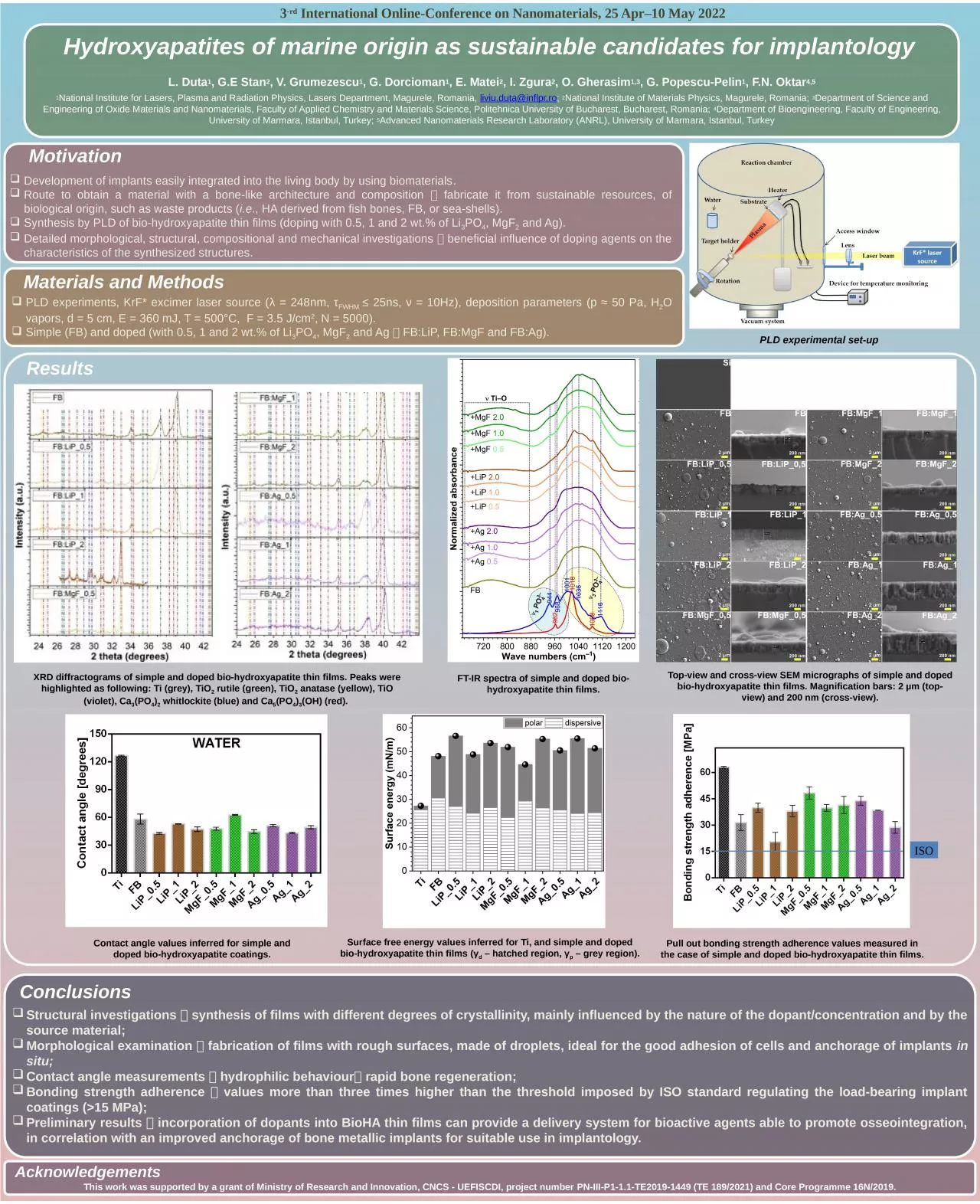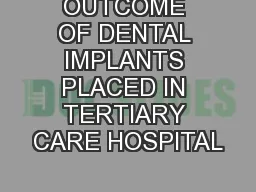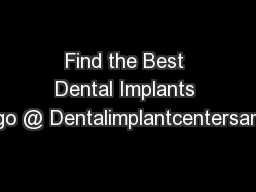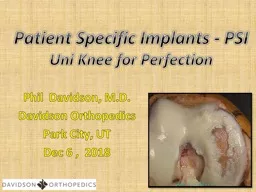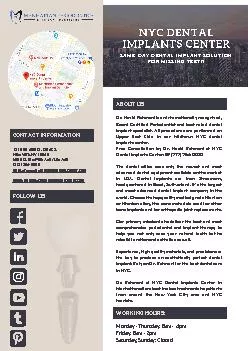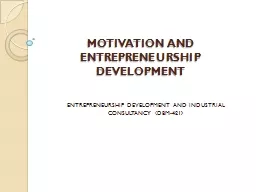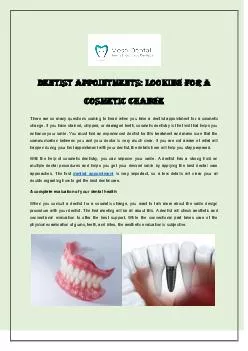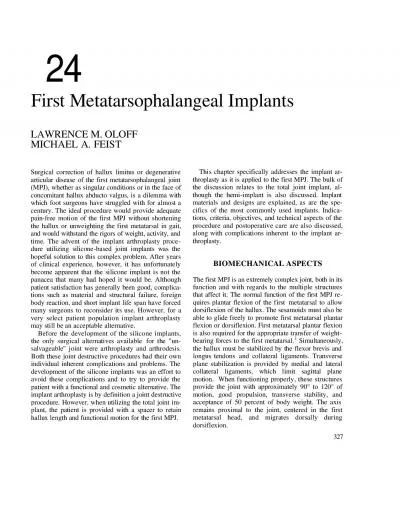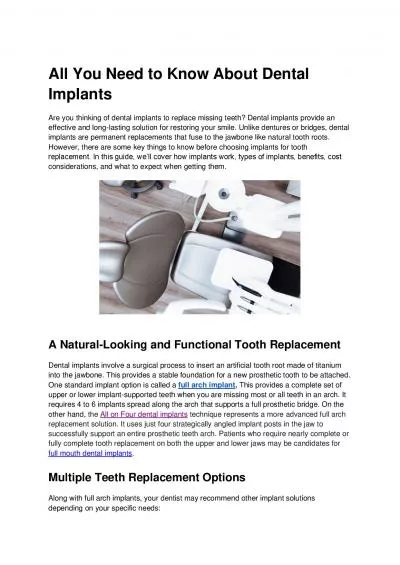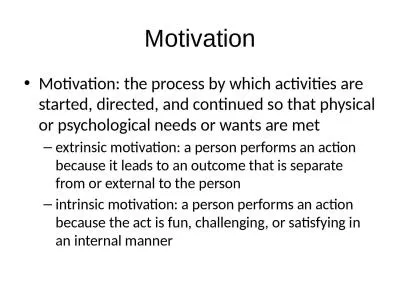PPT-Results Motivation Development of implants easily integrated into the living body by using
Author : SereneBeauty | Published Date : 2022-08-03
Route to obtain a material with a bonelike architecture and composition fabricate it from sustainable resources of biological origin such as waste products ie
Presentation Embed Code
Download Presentation
Download Presentation The PPT/PDF document "Results Motivation Development of implan..." is the property of its rightful owner. Permission is granted to download and print the materials on this website for personal, non-commercial use only, and to display it on your personal computer provided you do not modify the materials and that you retain all copyright notices contained in the materials. By downloading content from our website, you accept the terms of this agreement.
Results Motivation Development of implants easily integrated into the living body by using: Transcript
Download Rules Of Document
"Results Motivation Development of implants easily integrated into the living body by using"The content belongs to its owner. You may download and print it for personal use, without modification, and keep all copyright notices. By downloading, you agree to these terms.
Related Documents

